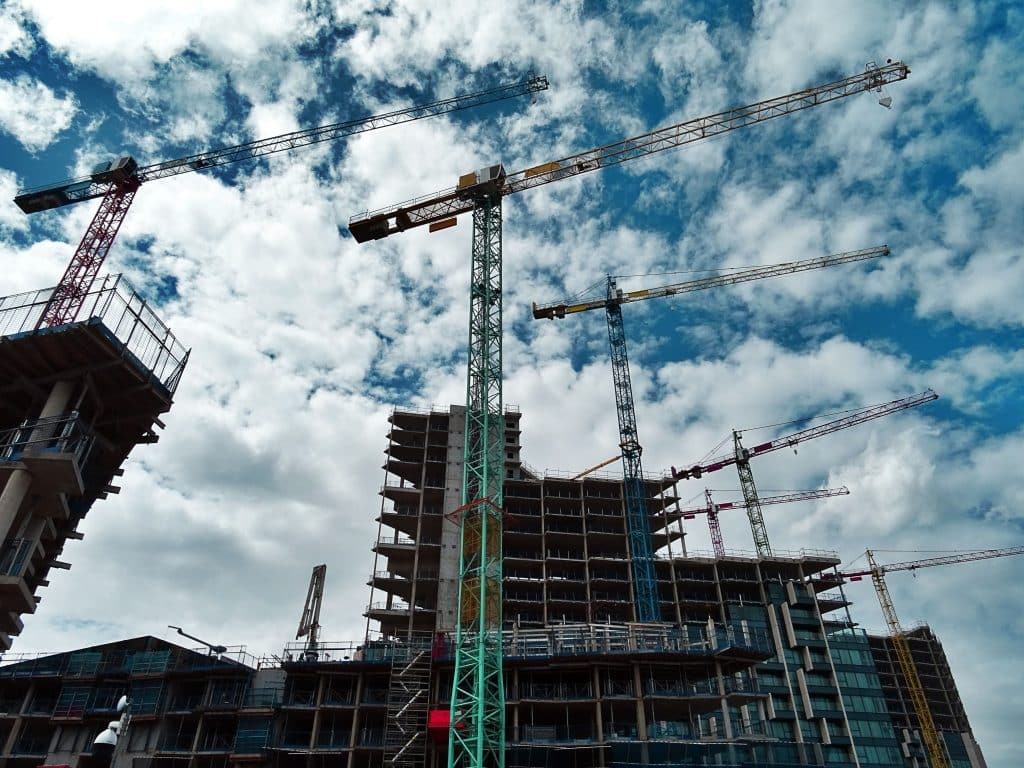Fire safety is a critical aspect of modern construction. The rapid growth of urban areas, technological advancements, and evolving building materials have reshaped the construction industry, making it essential to adapt fire safety measures accordingly. In this blog post, we will explore the importance of ensuring the right fire provisions in modern construction such as fire alarm systems and compartmentation.
The Changing Landscape of Modern Construction
Modern construction techniques and materials have vastly improved the efficiency and aesthetics of buildings. However, these advancements also bring new challenges when it comes to fire safety. Today’s structures often incorporate lightweight materials and open spaces, which can facilitate the rapid spread of fire. It is crucial to strike a balance between innovation and safety to ensure that buildings are both visually appealing and adequately protected.
Compartmentation
Compartmentation is a fundamental concept in fire safety, especially in modern construction. It involves the division of a building into fire-resistant compartments to contain the spread of fire and smoke. These compartments act as vital barriers that restrict the fire’s movement, allowing occupants more time to escape and emergency responders a better chance to control the blaze. Compartmentation is achieved through the use of fire-resistant walls, floors, ceilings, and doors, which are designed to withstand the intense heat of a fire for a specified period. In essence, it creates isolated pockets within a building. These pockets prevent the fire from engulfing the entire structure. Concerning modern properties, it is vital to strike a balance between creating an innovative and visually appealing space and following best practices.
Fire Alarm Systems
These systems are designed to detect the presence of smoke, heat, or flames and provide early warnings to building occupants and emergency responders in the event of a fire. They consist of various components such as smoke detectors, heat detectors, manual pull stations, and alarms. Once a potential fire is detected, the system triggers a loud and unmistakable alarm, alerting building users to evacuate quickly and safely.
Moreover, modern fire alarm systems are often interconnected with other life safety systems like sprinklers and emergency lighting, ensuring a coordinated response to a fire emergency. In this way, fire alarm systems not only save lives but also help reduce property damage by enabling a rapid and effective response to fires in modern structures.
Effective Evacuation Planning
The primary objective of evacuation planning is to safeguard the lives of occupants, and open floor plans and multi-story buildings require thoughtful evacuation planning. Architects and builders should consider the installation of fire exits, stairwells, and other means of egress. Clear signage and emergency lighting should be in place to guide occupants to safety in case of a fire emergency. On top of ensuring the safety of building users, adequate evacuation planning is needed to meet fire safety regulations.
As modern construction methods and materials continue to evolve, so too must our approach to fire safety. Ensuring the right fire provisions in modern construction is a multifaceted effort that involves architects, builders, regulators, and building occupants. By staying updated on building codes, using fire-resistant materials, and implementing advanced detection and suppression systems, we can strike a balance between innovation and safety in our built environment.
Ultimately, the goal is to create structures that are not only visually striking but also resilient in the face of fire emergencies, providing a safe and secure environment for all.
The post Ensuring the Right Fire Provisions in Modern Construction appeared first on Total Fire Group.


